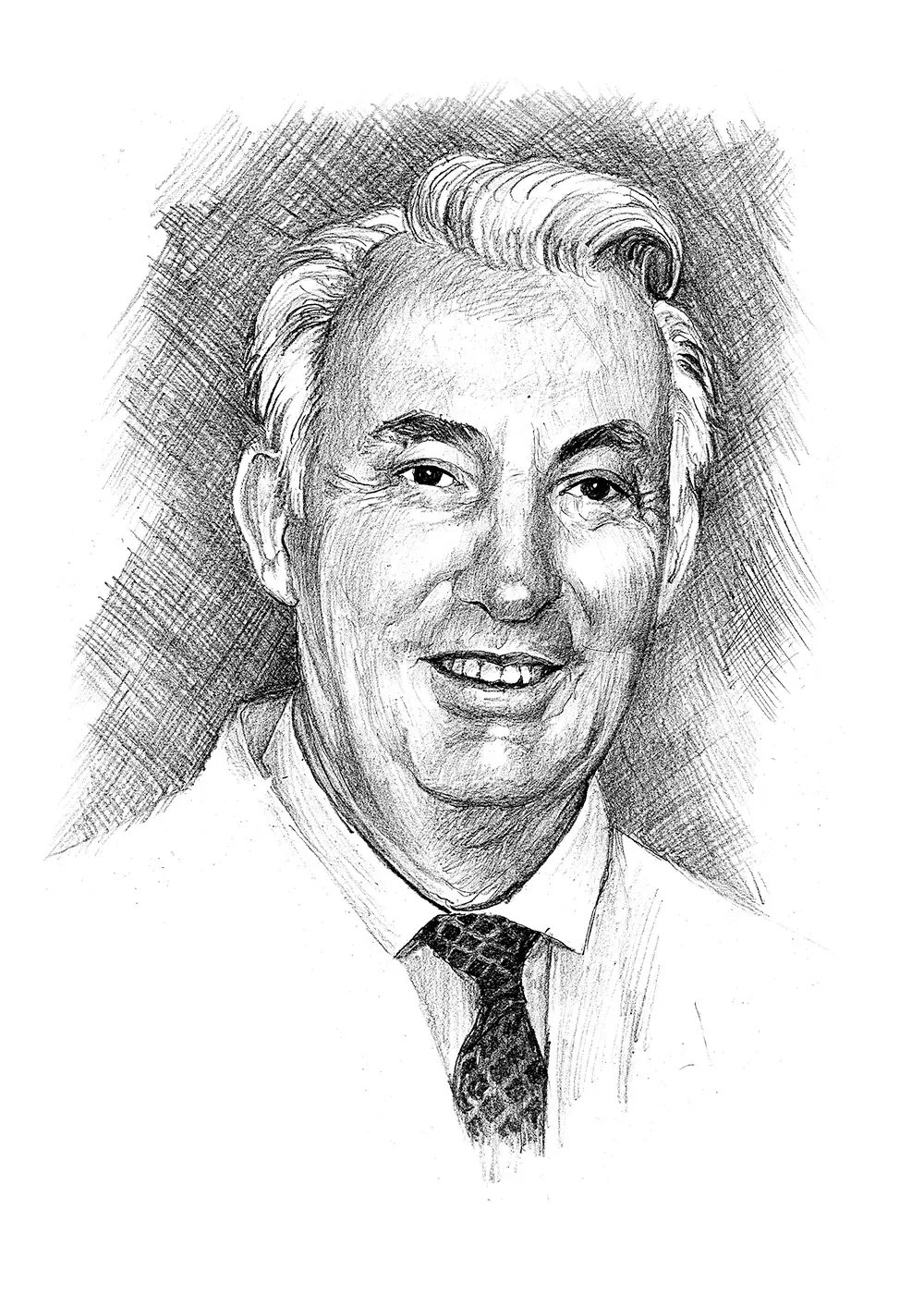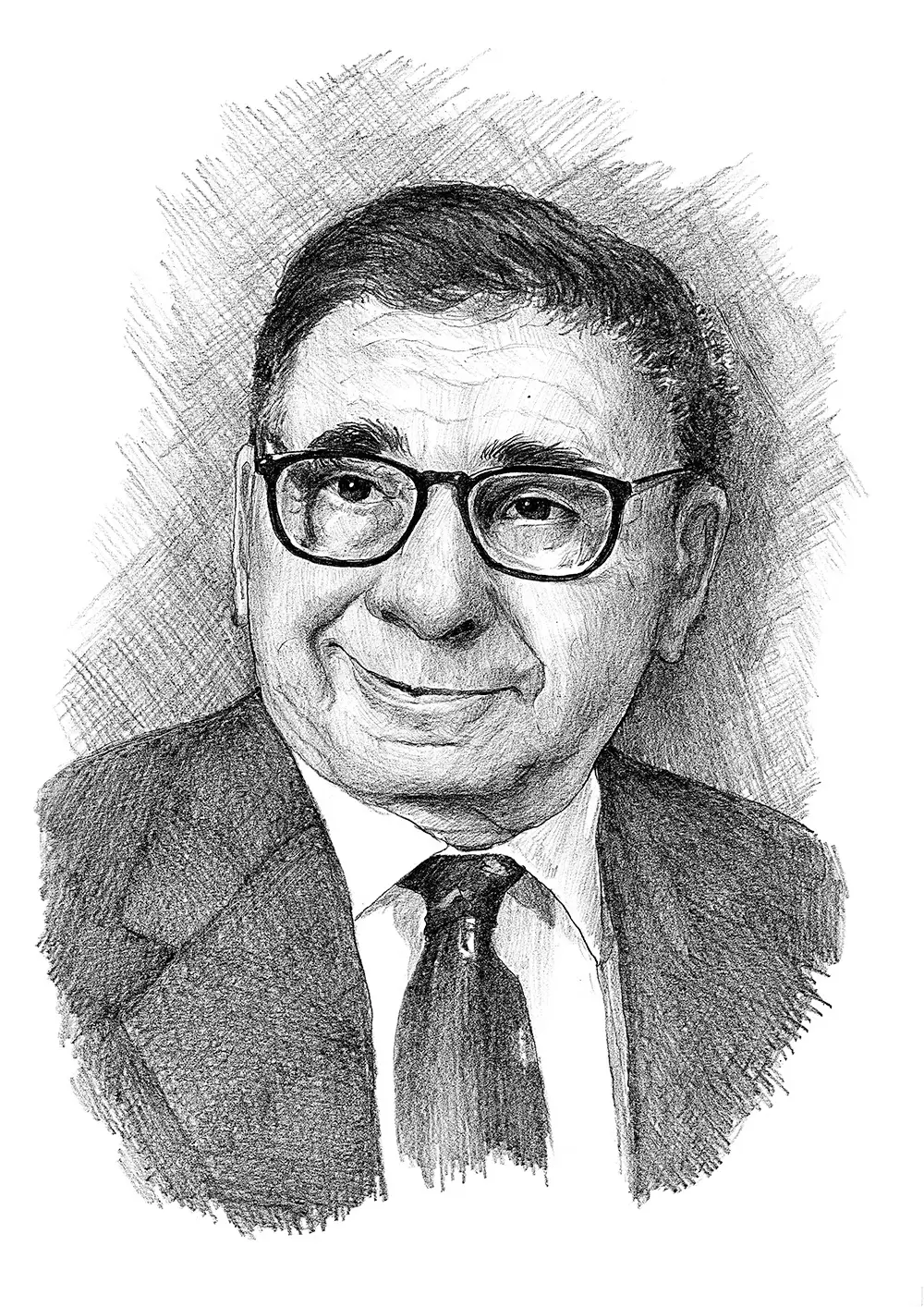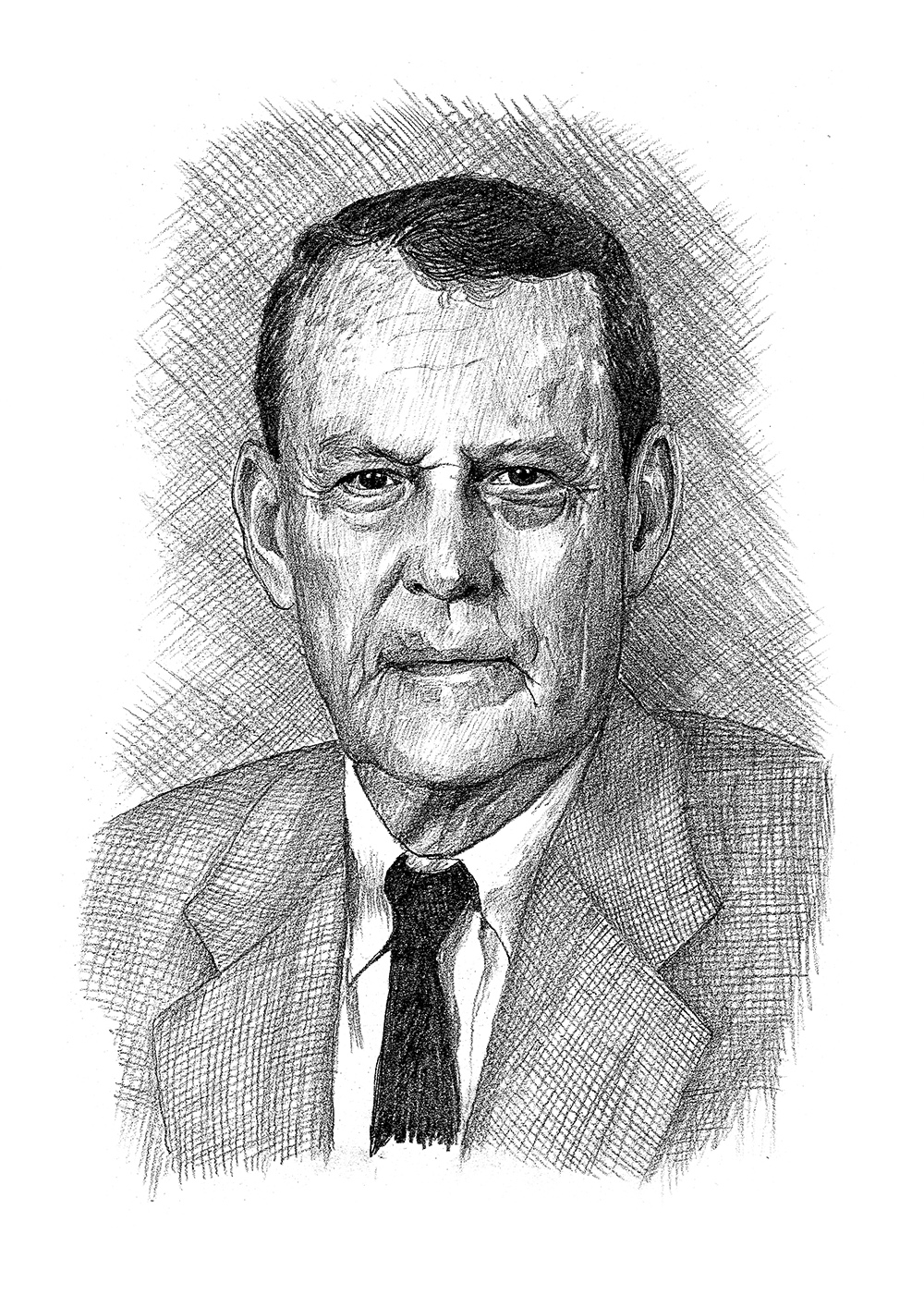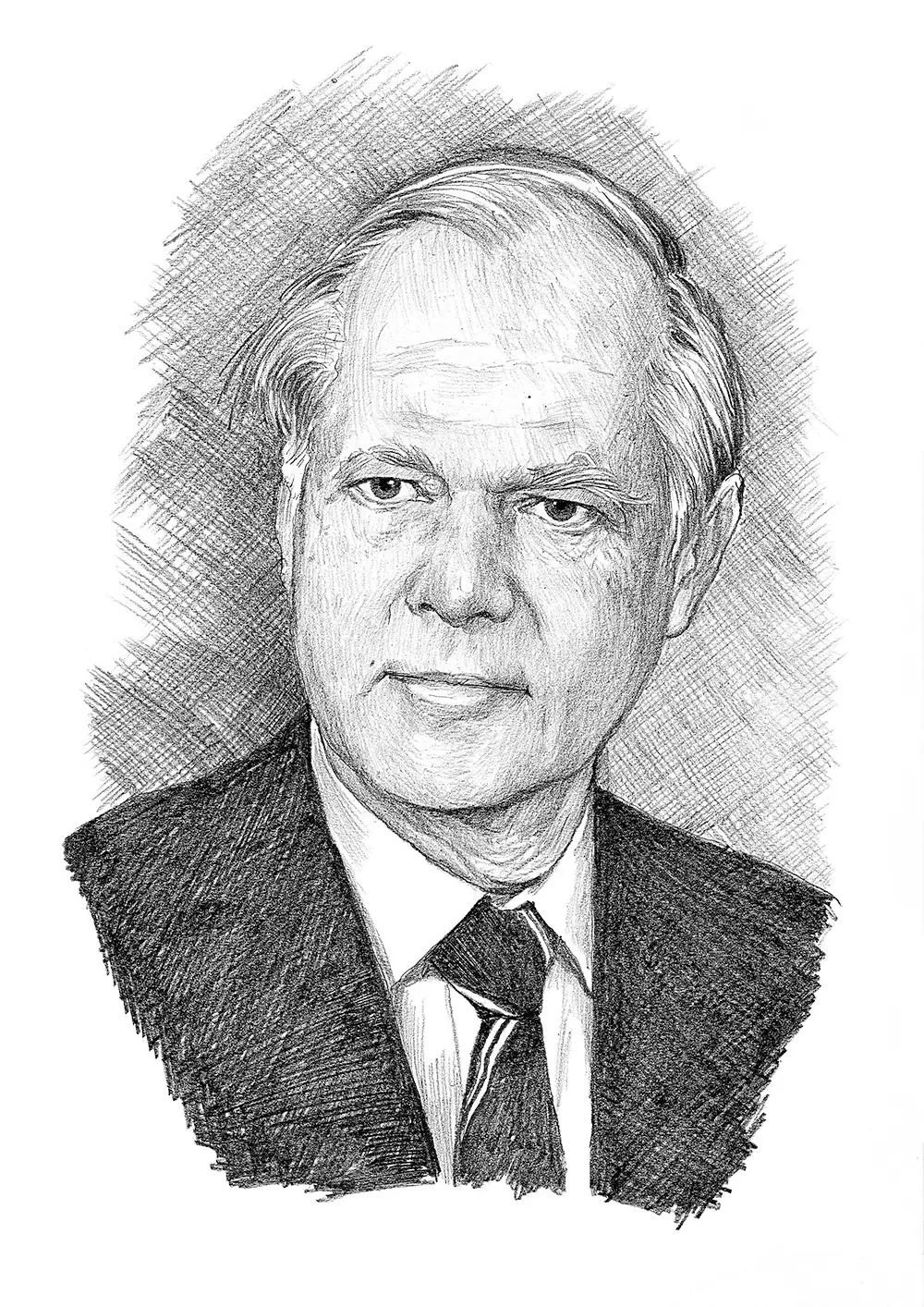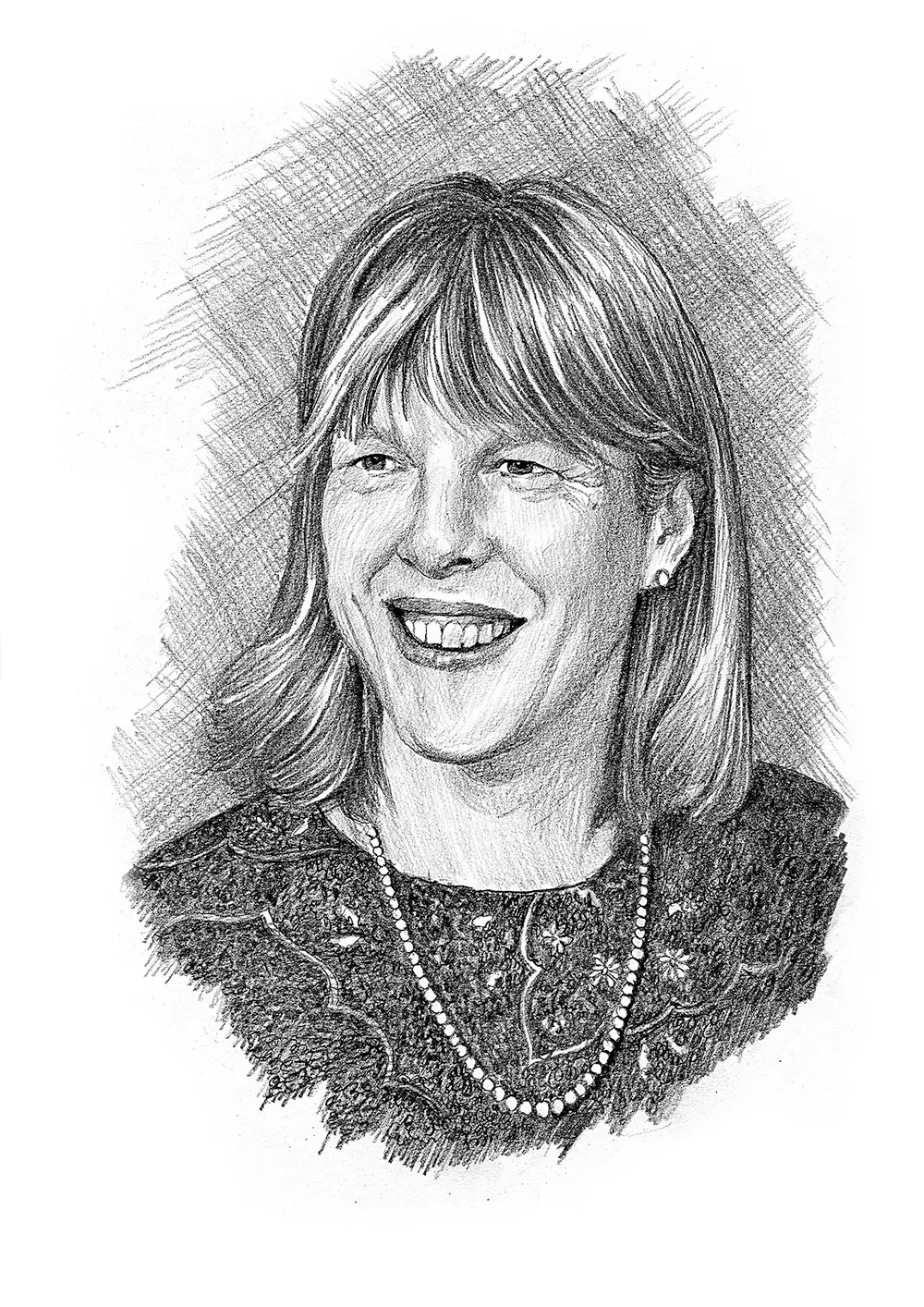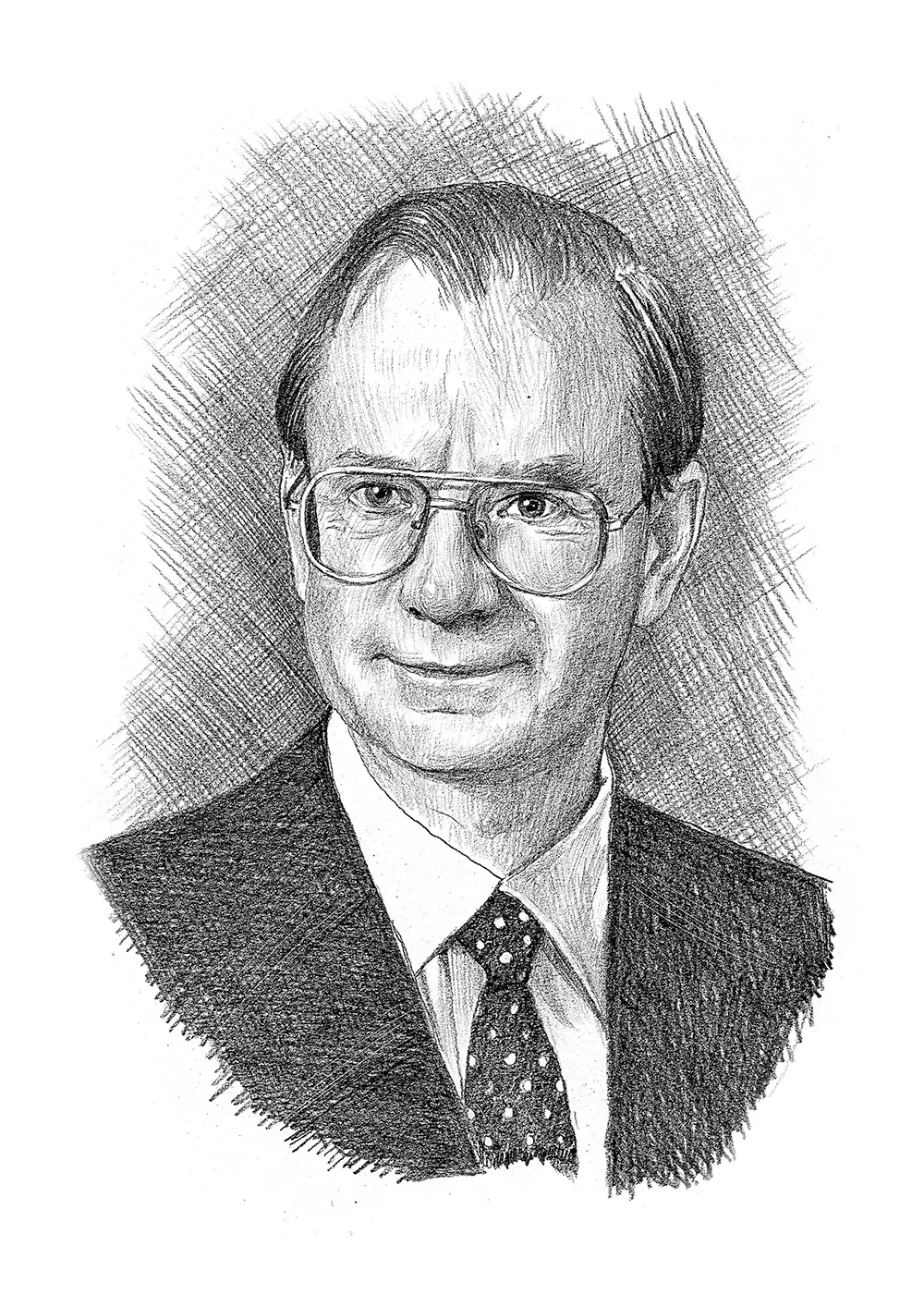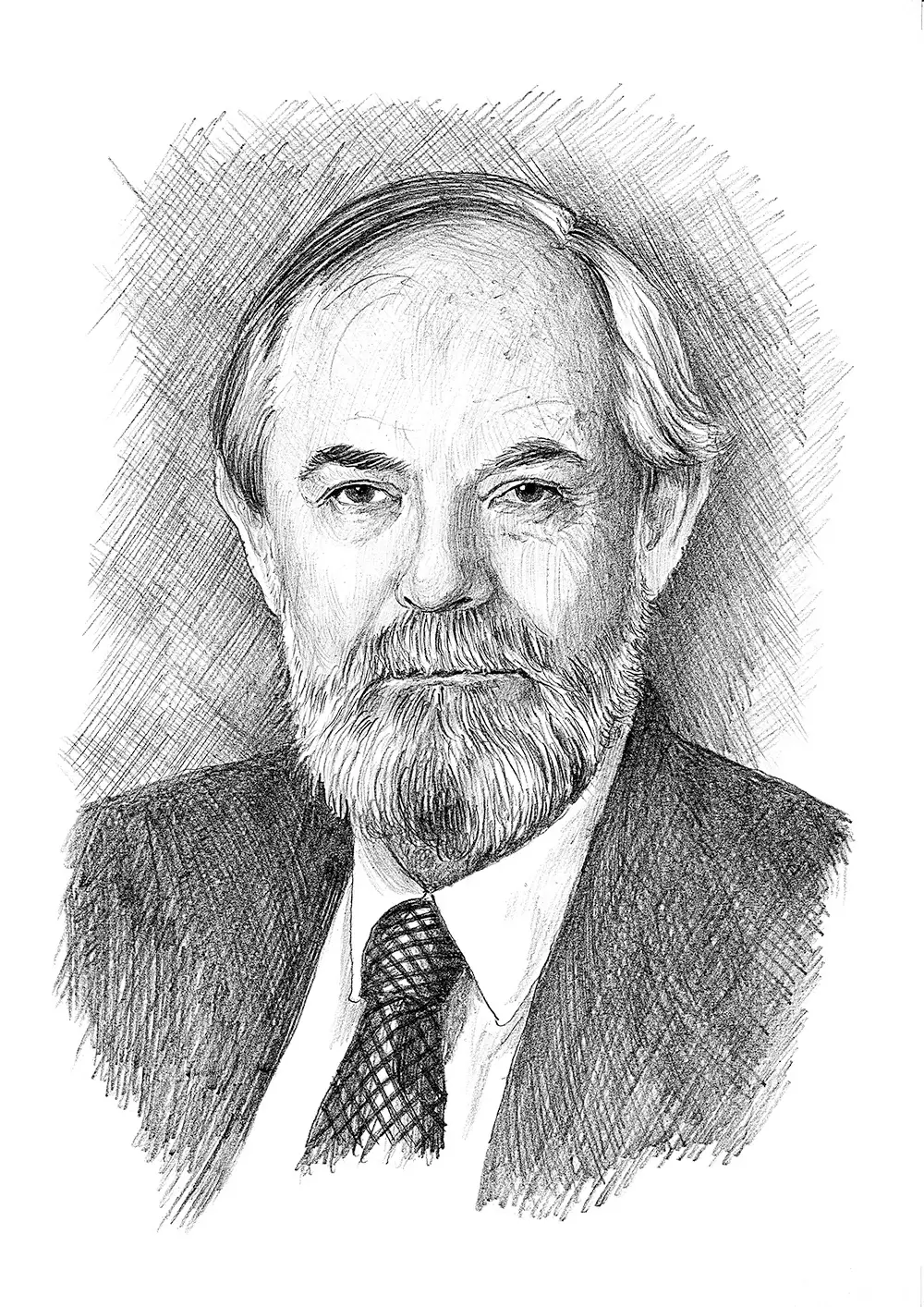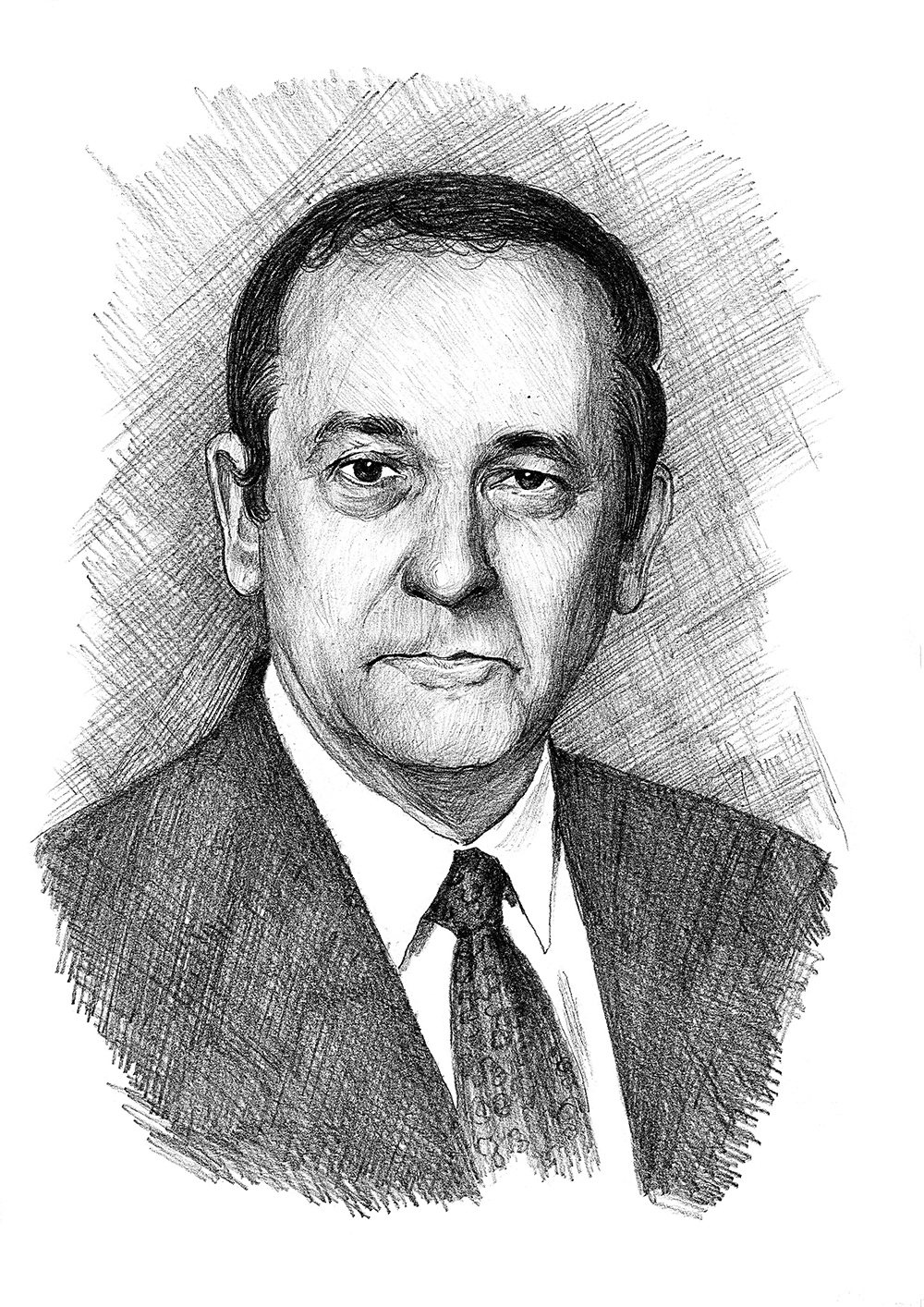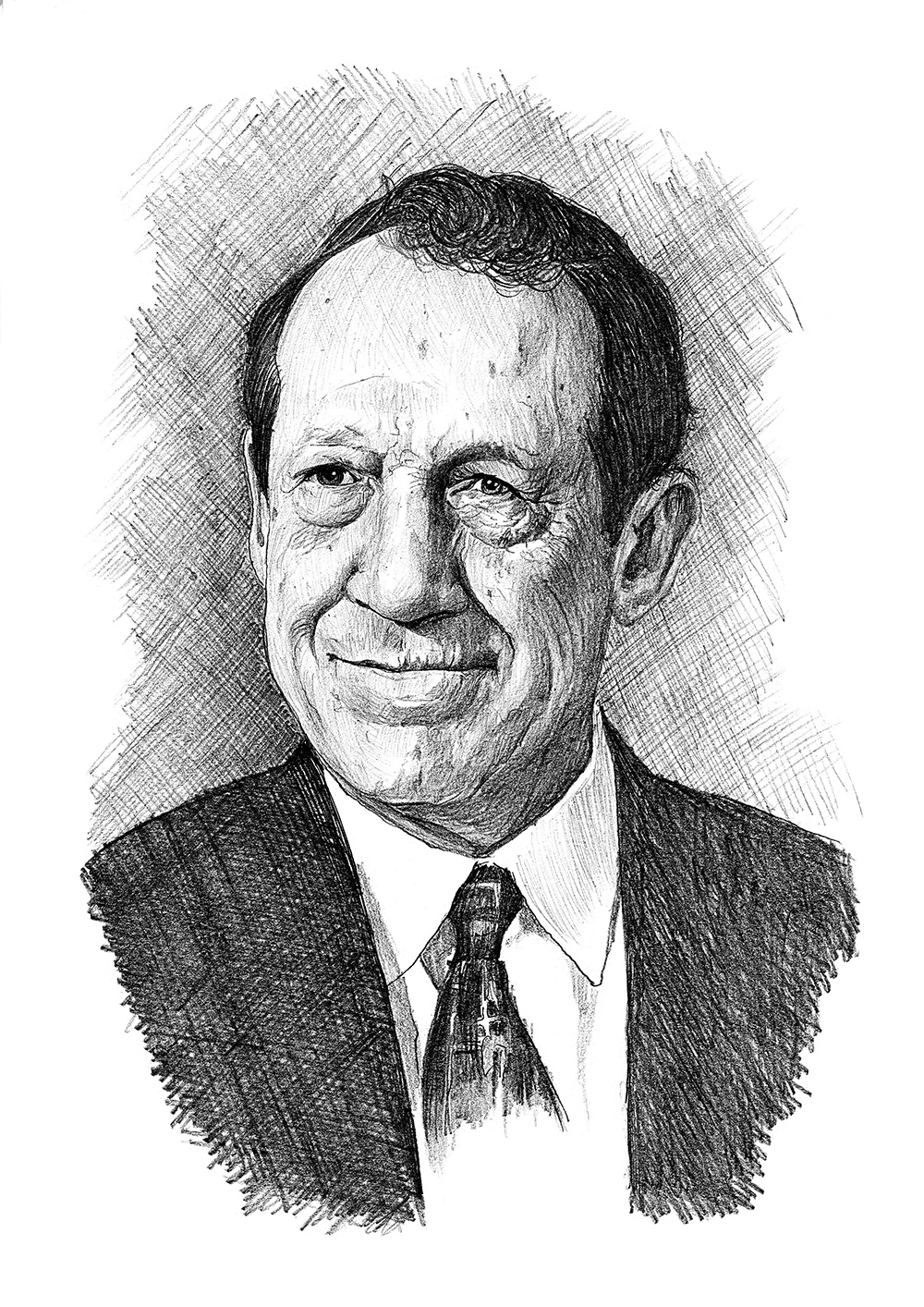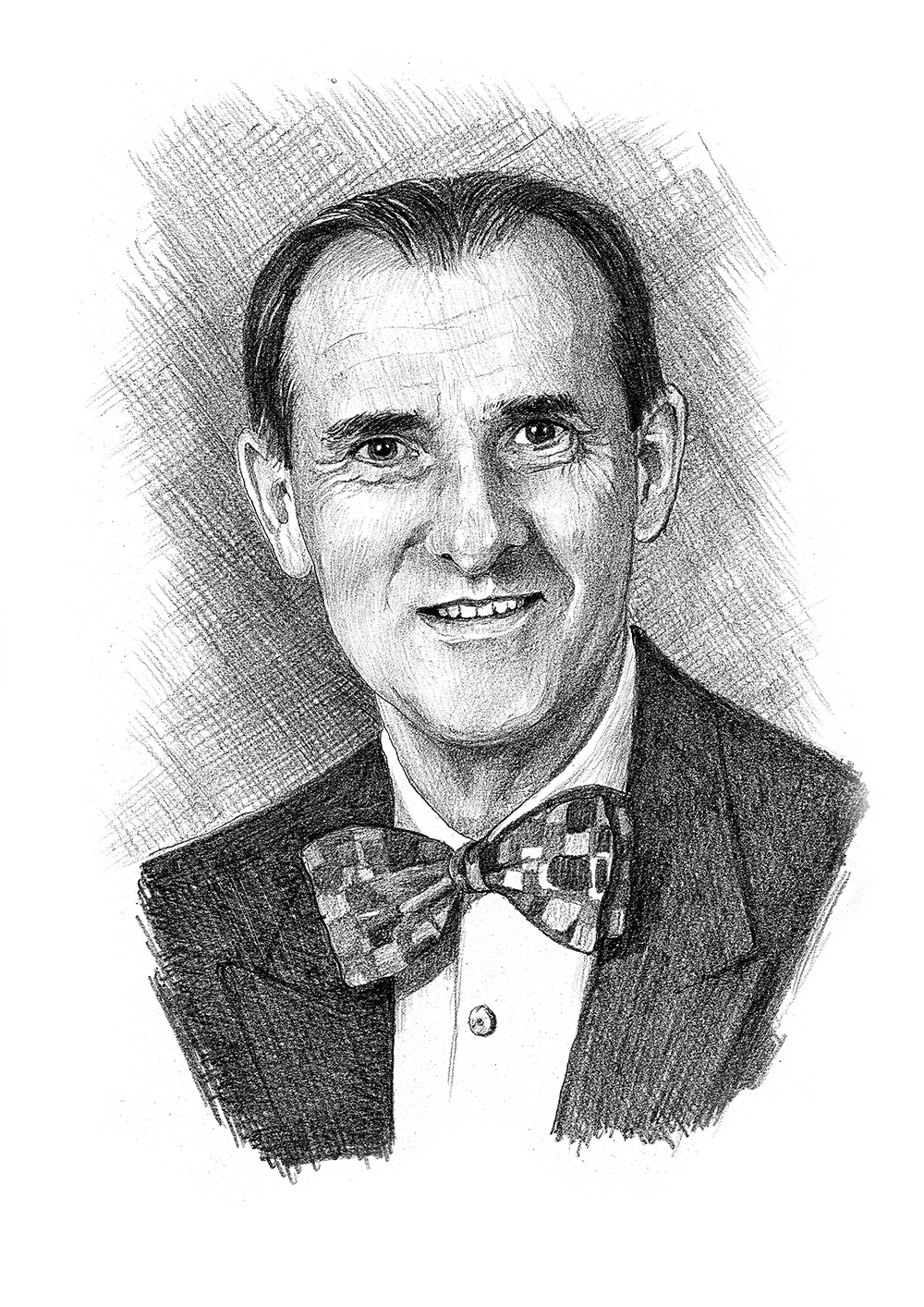Norman Shumway obtained his MD from Vanderbilt Medical School in 1949 and went to the University of Minnesota for training in 1954. Open heart surgery was in its infancy when he came to Minnesota. Within a few years, the very first successful operation inside the human heart was performed there by his mentors. The heart-lung machine was not yet sufficiently developed and the Minnesota surgeons used total body hypothermia and subsequently cross-circulation to repair vascular defects in children. Having assisted in these early operations, Shumway decided to join the young field of Cardiothoracic Surgery. He left Minnesota after nine years of residency, fellowship, and a PhD. Degree to join the Department of Surgery at Stanford University where he continued his research leading to the first heart transplantation in the United States that he performed in 1968.
Professor Shumway made remarkable achievements in the field of Cardiothoracic Surgery. He led Stanford’s program in heart and, subsequently heart-lung, transplantation, to unequaled success. Currently, more than 50,000 patients have undergone heart transplants with a five-year survival expectancy. One of his other lasting legacies was the training program in Cardiothoracic Surgery that he established at Stanford University. After his retirement in 1993, he was appointed the Frances and Charles D. Field Emeritus Professor of Cardiothoracic Surgery at Stanford University. Professor Norman Shumway authored and co-authored more than 500 articles and book chapters. He also co-edited the book, Thoracic Transplantation, jointly with his daughter Sara.
Professor Shumway was awarded numerous honorary degrees from academic institutions worldwide, as well as scientific achievement awards from the American College of Surgeons, the American Association for Thoracic surgery and the American Surgical Association, among many others. He was also awarded t Rene Leriche Prize from the International Surgical Society in 1971, Lister Medal from the Royal College of Surgeons of England in 1994, Medawar Prize from the Transplantation Society in 1992, the first Texas Heart Institute Medal in Cardiovascular Disease in 1972, and the Vanderbilt University Distinguished Alumnus Award in 1983. He was the President of the American Association for Thoracic Surgery, as well as Honorary Lifetime President of the International Society for Heart and Lung Transplantation. He was also an Honorary Fellow of the Royal Colleges of Surgeons of England, Glasgow, Edinburgh and Ireland.
This biography was written in the year the prize was awarded.

